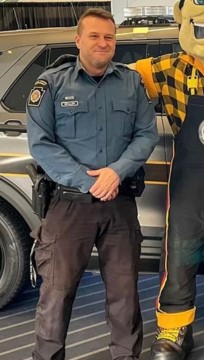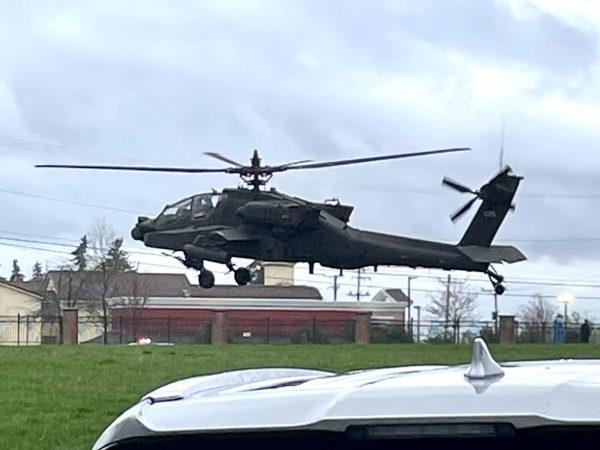Film Shows a “Journey to Normal” Can Change Many Lives
By Leah Fleischel, Moon News Cloud Contributor
There are stories that should be told, and there are stories that demand to be told.
No one told JulieHera DeStefano to make a film about women coming home from war. But when an episode of Oprah featured a woman returning to motherhood from serving her country facing challenges just from making a peanut butter and jelly sandwich for her daughter, she knew it was something she had to do.
That story provoked a single question that many wonder, few understand, and DeStefano believes everyone should be aware of: “What happens when they come home?”
The documentary “Journey to Normal” provides the American public with the insight service men and women deserve upon returning home. It was also the beginning of tens of thousands of miles for DeStefano on her journey to tell stories of soldiers.
Those first few miles began on the Wounded Warrior Walk across Pennsylvania, which afforded her the opportunity to speak with many service men and women about her newfound mission. Lt. Col Thomas Stokes, a forward deployed behavior health interventionist, gave DeStefano the challenge of a lifetime.
“If you want to succeed in telling the story of transition, you have to come to Afghanistan,” said Stokes.
DeStefano knew she had no choice.
“I’ve learned that you have to accept all parts of the mission, even the uncomfortable and scary ones,” said DeStefano.
At that point, Afghanistan was not even a thought in DeStefano’s mind.
Five months of red tape was cleared, and on Dec. 22, 2010, DeStefano arrived in Kabul with over 100 pounds of gear on her back, and possibly more than that weight in thoughts on her mind.
Over the next three and a half months at the Regional Command East, DeStefano did not just live on base; she became actively involved with the troops.
DeStefano deemed the project her mission-driven purpose. She slowly realized her fear of spending significant time in a combat zone over dinners with family and friends, losing her appetite as she talked, but she could not turn down the opportunity to convey stories on this new level.
Her film that is now a feature-length on its way to being shown in theatres nationally was only something she initially thought to be an hour special on PBS that would focus on Western Pennsylvania.
At first, reception to the idea was lukewarm because the women did not want their story told from the female standpoint; they saw themselves as service members first. By expressing their concern, the direction of the film changed into something deeper. It now encompassed the challenges of the environment, the emotional hardships, how the families felt, and what it meant to come home.
By the end of filming, there were over 100 volunteers willing to allow DeStefano into their minds and lives, which turned the tables on who was benefiting from the project. The women needed their stories told as much as she needed people to hear them. It was even therapeutic for some of the women, and the story telling would eventually become a passion for them as well.
The growth in their desire to share their experiences was so significant that by final the interview, the volunteers did not even need to be prompted with questions and instead were the driving force of the content. It had become their film as much as it had DeStefano’s.
Eventually, the volunteers had to be narrowed down to just eight that would be followed, not only during their deployment, but for two and a half years once returning home.
“Those relationships now mean more to me than the film itself,” said DeStefano.
Many are taken aback by how much DeStefano was willing to give up to pursue the film. Spending the holidays away from home, leaving the comfort of her life in the United States and putting herself in a place where gunshots were heard daily are unimaginable for some, but she does not see it that way.
“You can choose to look at it as giving something up or you can choose to look at it as doing something vitally important,” DeStefano said. “It’s a small price for something really important.”
With fear came thousands of moments of inspiration, with challenges came blessings in disguise, and with the doubts came opportunities where DeStefano said it just felt like the planets aligned for her to continue her project.
The filming is finished and hopes are high for “Journey to Normal” to be in theatres this fall. Of all the things DeStefano hopes it inspires, an appreciation for the service done overseas by the men and women of the military that is different and more genuine because of viewing the film is the starting point.
She firmly believes however, that the words “thank you for your service” should be the beginning, not the end. Civilians are encouraged to take what they already do well and transform it into giving back to those who have served.
“One story changed my life, and now ‘Journey to Normal’ focuses on changing the lives of others,” said DeStefano.







